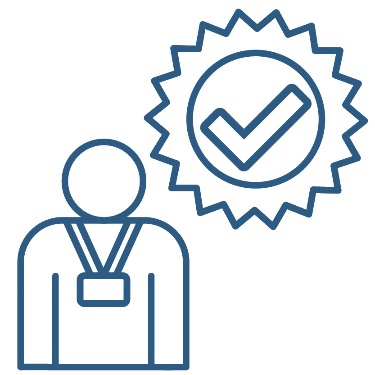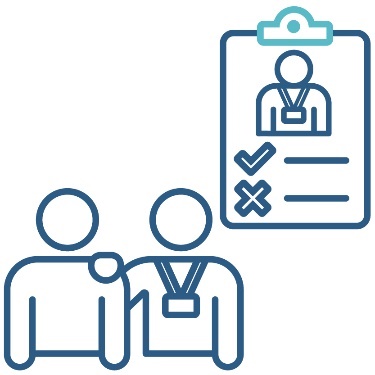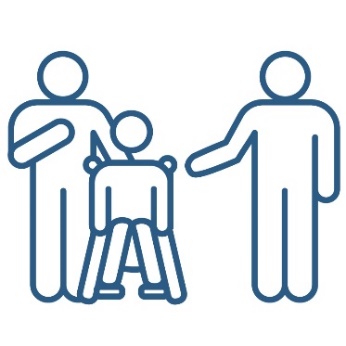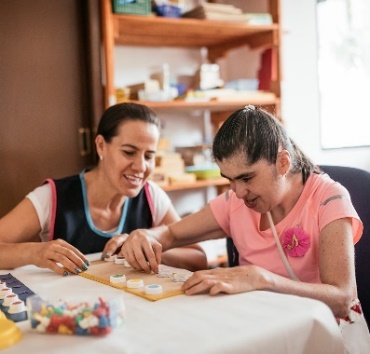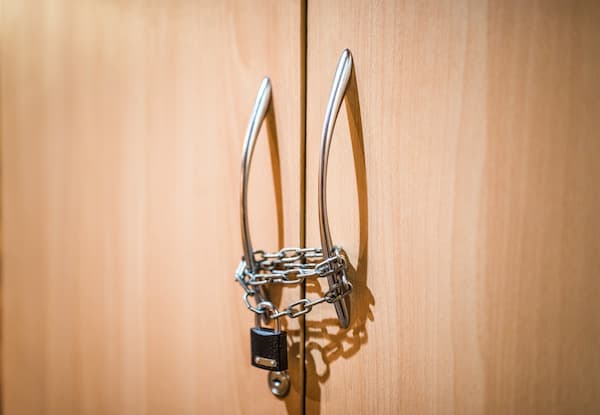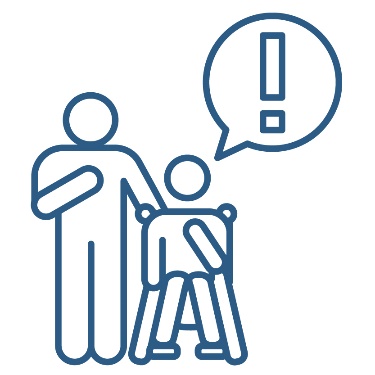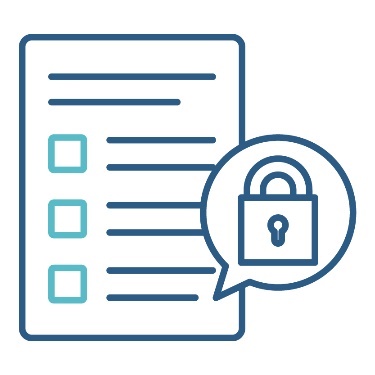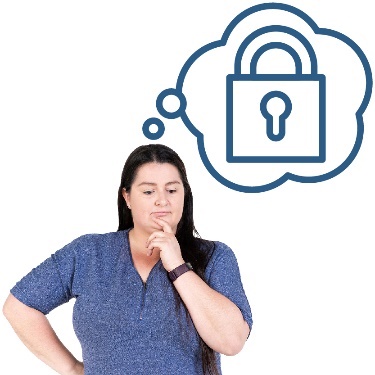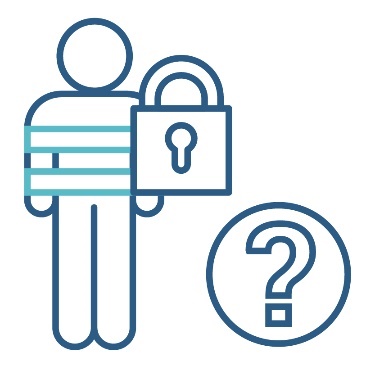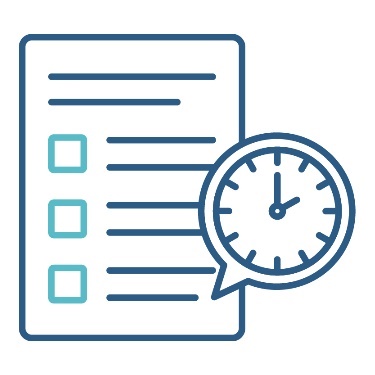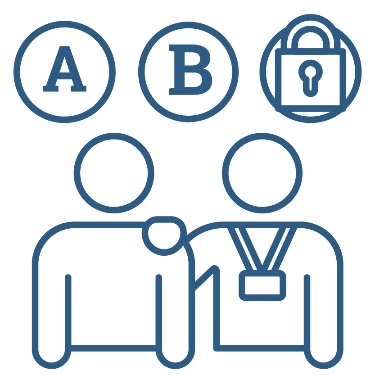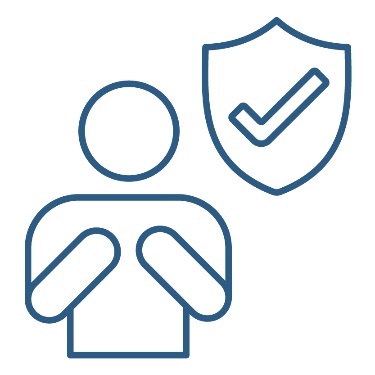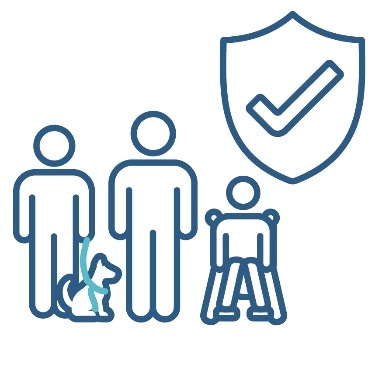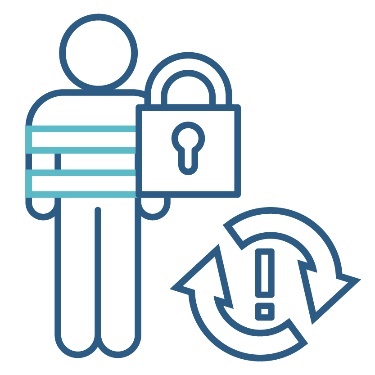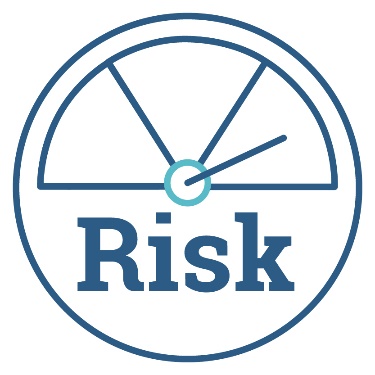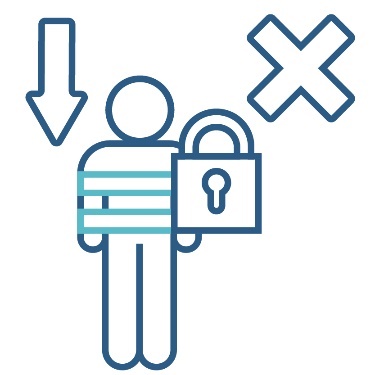About behaviour support plans
|
|
A behaviour support plan is a document that explains what support a person with disability needs. |
|
|
They support people with disability who show behaviours of concern. |
|
|
Behaviours of concern are things someone does that might put:
|
About behaviour support practitioners
|
|
Behaviour support practitioners work with a person to create a behaviour support plan. This plan might include restrictive practices. They follow the rules in our policy about restrictive practices. |
|
|
|
In this bulletin, we call the people who make behaviour support plans ‘practitioners’. |
|
|
|
People with disability should have the same rights as everybody else. |
|
|
|
It is important that everybody supports these rights. This includes practitioners. |
|
This means people should: |
||
|
|
|
|
|
|
|
|
|
|
|
|
|
|
|
|
|
|
The National Disability Insurance Scheme (NDIS) provides services and support to people with disability. |
|
|
|
Some practitioners work for registered NDIS providers. |
|
|
|
If a provider is registered, they:
|
|
|
|
Some practitioners can also be registered providers. This means they don’t have to work for someone else. |
|
How practitioners make behaviour support plans
|
|
Practitioners work with the person with disability who the behaviour support plan is for. They support the person to make decisions about what they need. |
|
|
|
Practitioners also work with other people in the person’s life. |
|
This includes: |
||
|
|
|
|
|
|
|
|
|
|
|
|
|
|
|
|
|
|
Working with these people can help practitioners understand:
|
|
The practitioner will make sure the behaviour support plan: |
||
|
|
|
|
|
|
|
|
|
|
Practitioners also use research to decide which supports a person with disability might need. |
|
Restrictive practices in behaviour support plans
|
|
Practitioners must include a restrictive practice in a person’s behaviour support plan if a provider is going to use a restrictive practice. |
The behaviour support plan must clearly explain: |
|
|
|
|
|
|
|
|
|
|
|
|
The restrictive practice must be the last option to keep people safe. |
|
|
This means the person’s provider must have tried other types of support first. |
|
|
The restrictive practices must have the smallest effect on the person’s freedom as possible to keep people safe. |
|
|
The restrictive practice must make people safer. |
This includes: |
|
|
|
|
or |
|
|
|
|
This means they need to think about: |
|
|
|
|
|
|
|
|
|
People must only use the restrictive practice for the shortest time possible. |
|
|
Restrictive practices affect people’s rights. The behaviour support plan needs to include how providers will:
|












